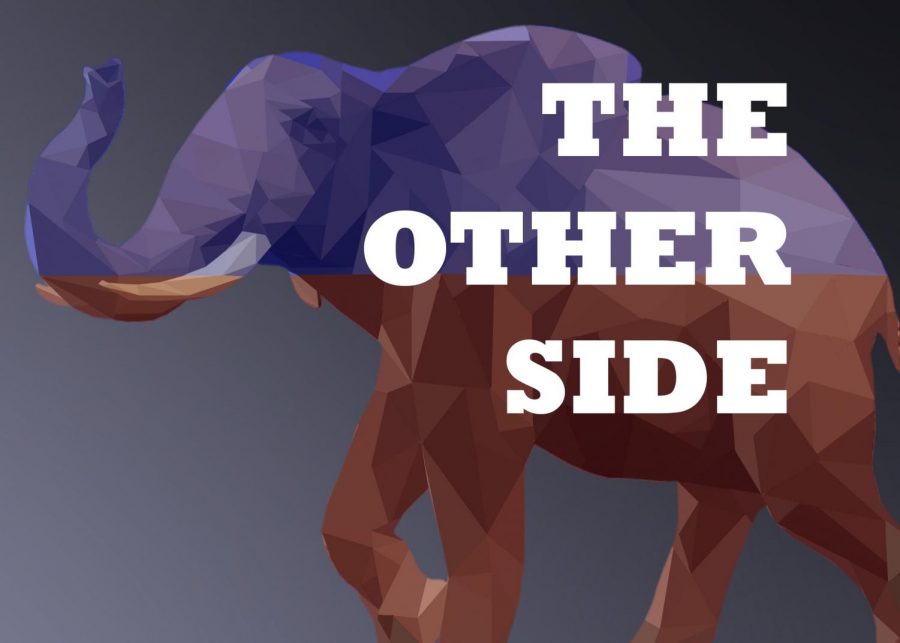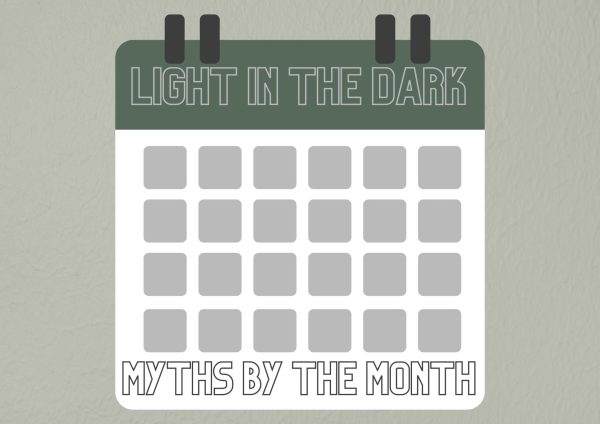The Other Side: Student Loan Crisis
The total student loan debt in America has currently reached about $1.4 trillion. As the new No. 1 source of debt in the country, it has suitably been titled a ‘crisis.’
If you’re only able to visualize sums of money in the form of $1 bills such as I, here’s a little explanation of how much $1 trillion really is: if you paid $1 per second to settle a $1 million debt, it would take fewer than 12 days. To pay off a $1 billion debt, it would take 32 years. Paying off a $1 trillion debt would take 32,000 years.
The price of college has gotten out of hand. While there are many factors to blame such as a simple increase in demand for a college degree and states competing to have the best college graduate statistics, one of the biggest culprits is that state universities have lost a large portion of their state funding, which has forced even the schools meant to be affordable to hike up prices. In 1987, public colleges received three times more funding from state and local government than from tuition. By 2013, those two incomes were almost equal.
While the rising price of college and the increasing debt from student loans are issues seemingly recognized by everyone, how to solve this problem is where partisanship comes into play.
Democrats typically believe in solving the crisis by having the federal government resolve some, most or all of this debt, and Vermont senator Bernie Sanders, who was the last candidate to drop out of the democratic primary, runs heavily-supported campaigns that rely on his idea of “free college.”
Republicans would rather take the government out of the situation and return at least a portion of the student loan business to the private sector. They believe the government could insure student loans rather than provide them and that this solution would provide more options for students to fund their education. Republicans traditionally believe in a strict interpretation of the Constitution, which doesn’t explicitly grant the government any involvement in education in general.
Because of this and their overarching belief in smaller federal government, Republicans also criticize government regulation over colleges. They believe it is possible institutions have had to raise tuition as a result of complying with government regulations including those regarding research grants, accreditations, anti-discrimination policies and financial aide. It can take up to 590 hours for colleges to amass the data the government requires. Even if the cost of meeting these regulations isn’t raising tuition, Republicans generally disapprove of the government encroaching on higher education.
However, there are some that offer compromise between the two ideas.
Wayne Johnson is a Republican who supports canceling student debt. He believes it is unsustainable and shows the education system has failed as a lender. His proposed plan includes forgiving $50,000 in student debt for all borrowers, which would be paid for by a 1% tax increase on corporation and nonprofit revenue. However, Johnson’s motivation for the plan is to end federal loans and restore private sector loans, which aligns with Republican views.
It may take years for a solution to the student loan crisis to be agreed upon and implemented. In the meantime, students need to begin making educated decisions about what they can feasibly afford for their education and remember that a four-year degree from a brick-and-mortar institution is not the only path toward a prosperous and fulfilling career.

Senior Kate Haas is a managing editor and this is her second year on staff. She loves music, plays French horn, and she loves to read, travel, eat and...














anonymous • Oct 24, 2020 at 10:40 PM
It’s simple: you take out a loan, you pay it back.
Entitled children just want free college, free healthcare, free mansions. its all “me me me” from liberals